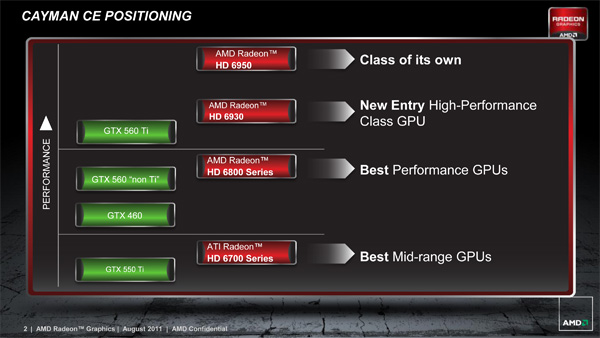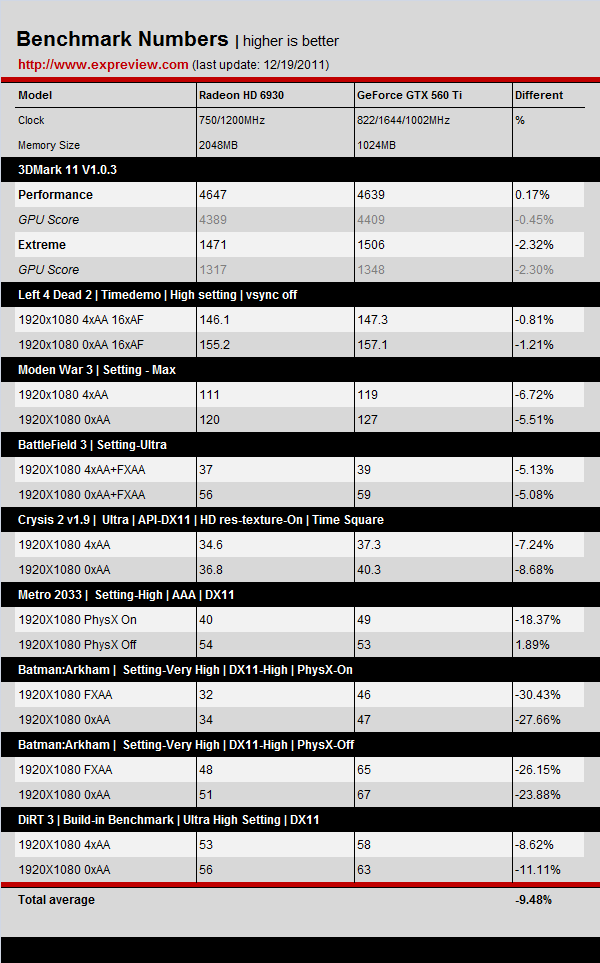- Joined
- Sep 15, 2011
- Messages
- 7,172 (1.42/day)
| Processor | Intel® Core™ i7-13700K |
|---|---|
| Motherboard | Gigabyte Z790 Aorus Elite AX |
| Cooling | Noctua NH-D15 |
| Memory | 32GB(2x16) DDR5@6600MHz G-Skill Trident Z5 |
| Video Card(s) | KUROUTOSHIKOU RTX 5080 GALAKURO |
| Storage | 2TB SK Platinum P41 SSD + 4TB SanDisk Ultra SSD + 500GB Samsung 840 EVO SSD |
| Display(s) | Acer Predator X34 3440x1440@100Hz G-Sync |
| Case | NZXT PHANTOM410-BK |
| Audio Device(s) | Creative X-Fi Titanium PCIe |
| Power Supply | Corsair 850W |
| Mouse | Logitech Hero G502 SE |
| Software | Windows 11 Pro - 64bit |
| Benchmark Scores | 30FPS in NFS:Rivals |
AMD, stop milking the 7xxx series and release already the 8xxx series!











